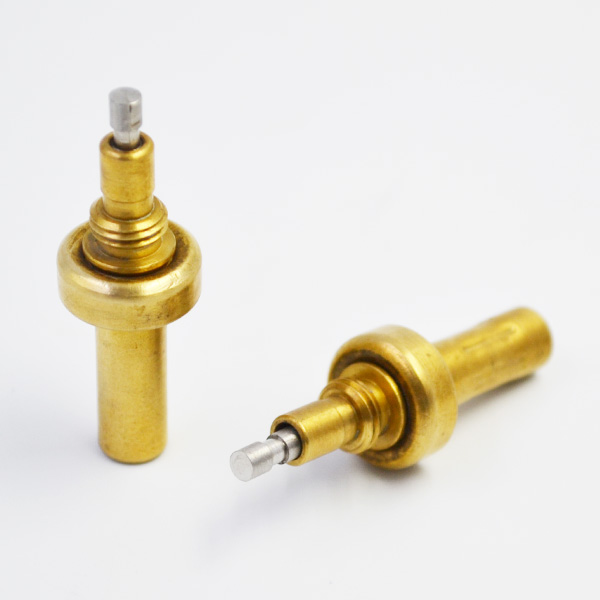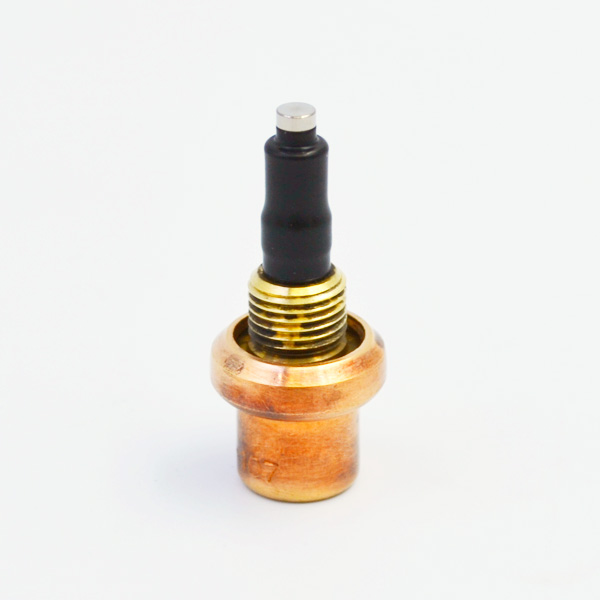This paper mainly introduces the composition of Vertex 7200 satellite upstream antenna controller, and makes a brief analysis of the different components, and introduces its principle. At the same time, several operating modes of 7200ACS adjusting antenna are analyzed. Finally, the maintenance points for attention are briefly introduced. Uplink satellite mainly includes program source (program stream), program modulation, up-conversion of signal, power amplification and satellite on antenna. Because the half-power angle of large-aperture upstream antenna is small, it is necessary to install an antenna controller to track and adjust its azimuth (AZ) and elevation (EL) from time to time to ensure that its tracking antenna is timely and accurate, and to ensure the reliable transmission of programs. Vertex 7200 Antenna Control System (7200ACS) is widely used in satellite control on satellite antenna because of its high tracking accuracy, good stability and flexible operation.

This paper simply analyses the composition and working principle of 7200ACS, and exchanges maintenance experience. ACS is an antenna pointing system, which can be operated manually or positioned automatically. It can receive signal from one or more communication satellites to locate the antenna. 7200ACS uses microprocessor technology to provide accurate antenna positioning, high reliability and flexible use of the system. 7200 ACS mainly includes three subsystems: ACU (Antenna Control Unit; Antenna Drive Cabinet); ADC (Antenna Drive Cabinet); and PDF (Position Feedback Devices position sensor). ACU mainly consists of the following parts: front panel, internal control circuit, dual power interface, input and output interface. The front panel of 7200 ACU is shown in Figure 1. It includes an 8_4 inch display and an operation keyboard, which provides an intuitive and simple operation platform for operation control.

Internal control circuit is mainly used for related control calculation function. Dual power interface ensures the reliable operation of equipment. The main function of the I/O interface is to receive the beacon signal sent from the beacon machine and send the calculated control signal to ADC for antenna control. The ACU uses Motorola’s 6803032-bit microprocessor as the central processing unit (CPU) to provide sufficient computing power for the control and tracking algorithm of the ACU. It also includes a dedicated VME CPU control circuit, including CPU, ROM, RAM, bus control circuit and memory control circuit, providing effective and reliable system operation. ADC is an outdoor unit which controls the azimuth, pitch and polarization of the antenna. Generally, ADCs are placed on the basis of antennas. Mainly include: PMCU (Portable Maintenance Control Unit), main frequency converter drive circuit breaker, emergency stop switch, AZ (azimuth) transmission device, EL (pitch) transmission device, 24VDC power supply, POL (polarization) control circuit (three-axis and four-axis system). The portable maintenance control unit allows the operator to control the antenna manually, and the main circuit breaker controls the power supply of the driving motor, the limit switch and the power supply of the driving cabinet. 24V DC power supply provides power supply for the circuit board in the drive cabinet. ADC can receive control instructions from ACU or portable maintenance control unit, and execute driving instructions and interlocking functions under the support of 24VDC. Three-phase induction gear motors are installed on AZ and EL shafts.
Standard specifications of motors can be based on 208V or 380V-415V three-phase input provided by the drive cabinet. Position sensor, commonly known as metamorphosis, plays an important role in controlling antenna. It reflects the temporal information of antenna attitude and transmits information to ACU for display and control of antenna azimuth, pitch and polarization. Its accuracy determines the tracking accuracy of the antenna. ACS provides a variety of operating modes, including manual control, ACU manual control mode, traditional steptrack mode (step tracking mode) and OPT (Orbit Prediction Tracking; orbit prediction) mode.

Manual control is the PMCU operating handle provided by the transmission cabinet, thermostatic element which is mainly convenient for maintaining the antenna. Set maintenance mode on maintenance/remote control switch relay panel and perform maintenance allowance on the system. Therefore, the switch is in the maintenance position and the ACU can not be remotely controlled. When the drive cabinet opens the remote switch, the ACU system remotely controls the antenna and the PMCU cannot operate. The manual control of ACU is to adjust the antenna manually by operating the keyboard of ACU and choosing the mode of antenna manually. It is mainly used when the antenna needs to track the satellite manually in bad weather. Manual fine-tuning first requires minimum adjustment speed.
Manual angle adjustment should be adjusted according to the minimum adjustable angle displayed by ACU to ensure the accuracy of antenna alignment with satellites. Manual control can also set azimuth, pitch and polarization in advance according to the angle of the satellite, so that the antenna can track the target quickly and adjust at low speed when approaching the target. This can be used for fast star alignment and star exchange.
Steptrack mode provides the maximum automatic periodic positioning of antenna according to the strength of ACU tracking signal. 7200 ACU is implemented by vertex adaptive Steptrack (AST) algorithm. The AST uses the peak operation of the backup AZ and EL based on the mathematical relationship to change the given change of the received signal level and the position of the angular antenna, determines the initial step size of each axis (azimuth, pitch), and then determines the size and direction of the correction according to the changes before and after the signal strength. Once the maximum direction of the received signal is determined, the antenna movement is controlled immediately. Steptrack mode starts to look for beacon maxima at user-defined intervals, or when the received signal level falls below the user-set threshold. OPT mode, which combines orbital mechanics and error analysis technology, provides good short-term and long-term satellite positioning capabilities.

OPT is an algorithm using 7200 ACS to predict the future position of the satellite based on its previous motion. The principle is that if the position, velocity and all forces acting on the spacecraft are known, its position can be predicted at any time in the future. Orbital mechanics is used to provide model motion of satellites and the earth’s surface.
Modeling and error analysis need to collect Steptrack data at fixed points, and provide the best data by combining the satellite orbit parameters and the mechanical structure of system errors.

Orbital parameters and system errors are then determined by the feedback model of orbital mechanics to determine the azimuth and pitch angle of the antenna after a period of time. ACS is mainly divided into two parts, the indoor ACU part and the outdoor ADC part.
The working environment of ACU is demanded to be relatively high, with room temperature of 23-25 C and moderate humidity. Outdoor ADC is mainly periodically checked for dust removal and waterproof, and periodically inspects whether the working condition is normal. The rear air inlet of ACV is equipped with a dust sponge, which can be cleaned every six months in a better working environment. If there is more dust in the environment, the frequency of cleaning will be increased, at least once a month. Batteries should be tested once a year and should be replaced in time when the battery voltage is less than 2.8 VDC. Antenna controller relates to the accuracy of antenna to the satellite and determines the feeding quality of antenna signal. It is a key equipment to clarify the principle and maintenance points for ensuring the transmission of signal.
